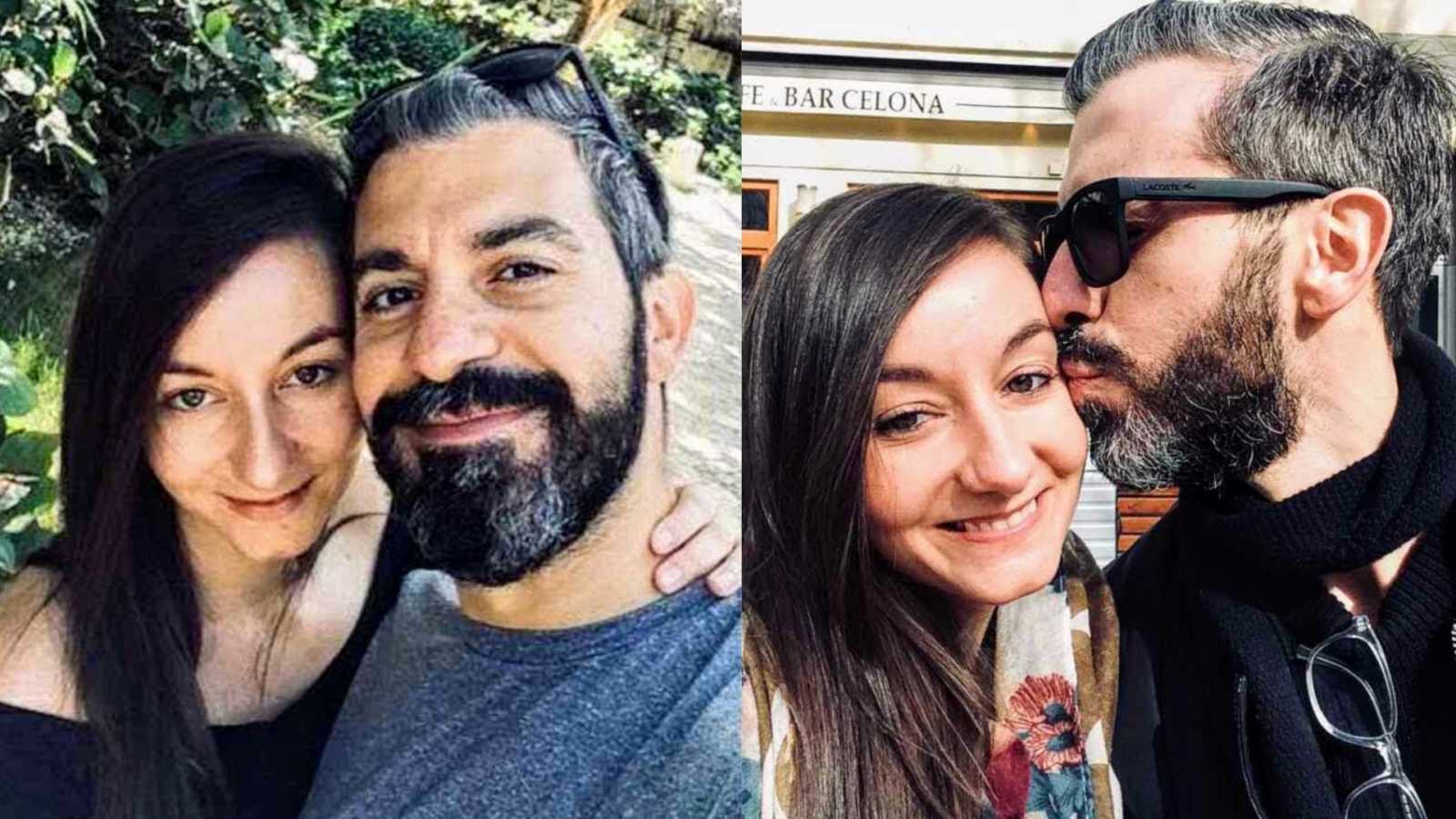“In December of 2016, I backpacked throughout Italy on my own for a few weeks. Having been to Italy before, I wanted to re-visit a few places I loved and explore new ones. Hiking the five villages of Cinque Terre had always been on my bucket list and when ‘A’ unexpectedly decided to join me for five days, I decided that was what we would do. One evening, when I managed to fifth-wheel my way into a dinner with two American couples at the only restaurant open in Positano on that particular off-season evening, they informed me Cinque Terre was really quiet and dull this time of year.
Wanting to make the most of ‘A’s’ experience of Italy, I decided to shorten our time in Cinque Terre and add Venice to the itinerary, even though I didn’t particularly long to re-visit that city myself. I figured it was a once in a lifetime sight for him to see, and then we would head to Cinque Terre for this hike I had been looking forward to for what seemed like forever. After 24 hours in Venice, ‘A’ was taken by the city in a way I hadn’t quite expected. When the time came to leave, as we carried our suitcases across tiny bridges toward the train station, he looked at me and said, ‘Let’s stay an extra day.’ This was decidedly not the plan and my instinctive reaction was to resist his request. But for some reason, in a way that was in complete opposition to my usual rigidity, I decided to live in the present moment and accept life as it was instead of how I wished for it to be.
So, we stayed in Venice. As I fully surrendered the plans and expectations I had placed on my time in Italy with ‘A’, and replaced them with the ease of living in the present moment, we had a glorious time. I never got to hike all five villages in Cinque Terre, although I did drag him for one small hike between Vernazza and Monterosso. One month later, ‘A’ was diagnosed with inoperable and terminal pancreatic cancer. During the next eight months after his diagnosis, he would often say, ‘No matter what happens, we will always have Venice.’
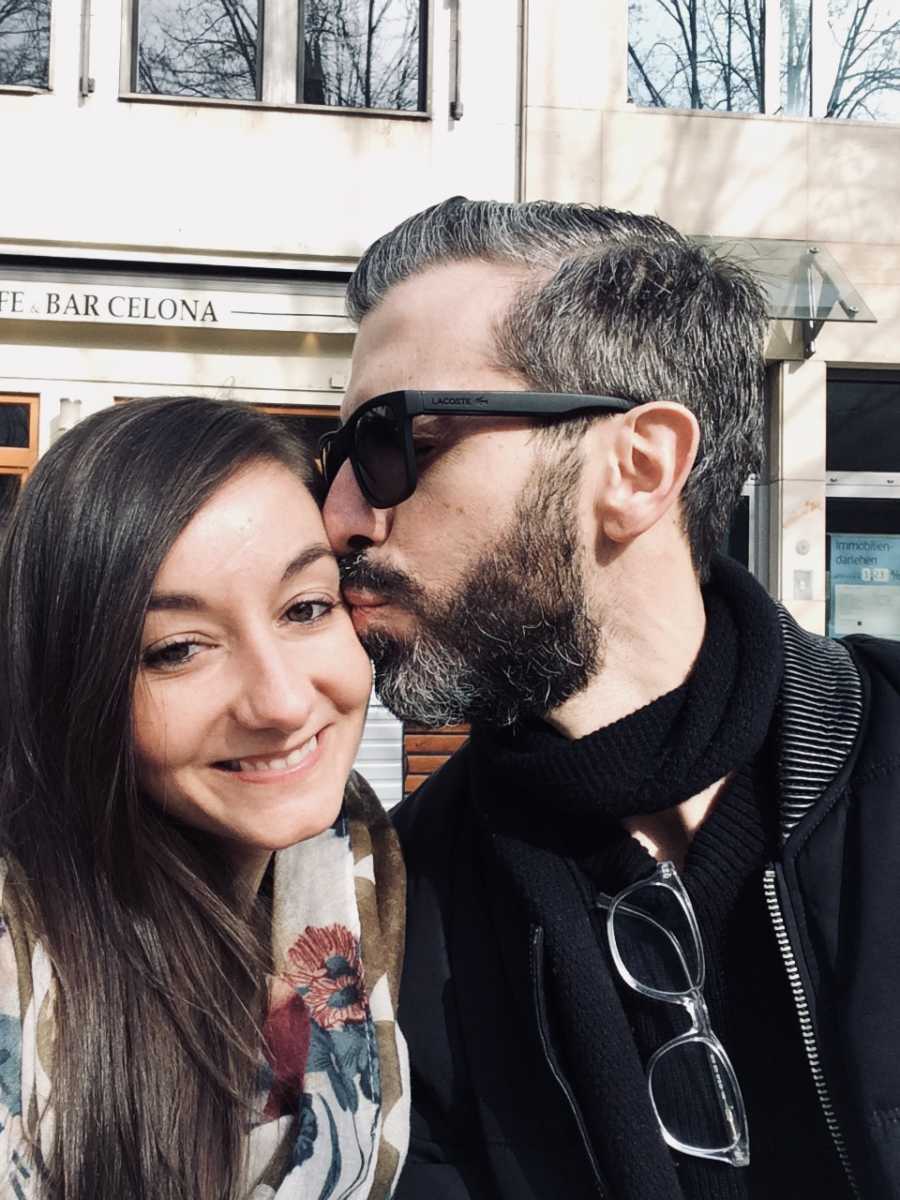
‘A’ and I found one another at a most inconvenient time in both of our lives. We were both juggling major life changes and falling in love was the last thing on either of our minds. When we met, I felt an instant pull. It was this magnetic connection that kept attracting me to him. Because it was inconvenient, I often attempted to place distance between us. He would have none of it. I always felt as though he saw right through me, past the face I put on for the world and right down to the very essence of my soul. Our love felt unavoidable and inescapable. Although neither of us felt ready for such a powerful force in our lives, there it was, this love that my friends used to call visceral.
When ‘A’ was diagnosed with terminal cancer, I felt a deep knowing that I was meant to walk with him on his journey between life and death. I have no words for the certainty I felt about how caring for him was something I was meant to do. Without a single moment of hesitation or doubt, I took a leave of absence from work and never left his side again until the day he left mine.
During this time, it became clear to me why our love had felt like such a force of nature and something neither of us could avoid, even when we tried. I was meant to love him through the most painful time of his entire life. I was meant to embody love and hope for him against this backdrop of debilitating illness and imminent death. This realization felt profound and provided me with the resilience to continue to push through the painful and soul-crushing heartbreak of watching cancer eat away at the person I loved the most. It gave what I was going through meaning. What I was doing and embodying for him was important and deeply meaningful to me.

His illness seemed innocuous at first. I remember exactly when it began. He sat across from me at our favorite restaurant down the street and as he set his glass of wine down on the table, he placed his left hand on his upper abdomen and winced. I watched him get up and try to shake it off as he said, ‘I think I’m having some heartburn.’
As the days passed, this ‘heartburn’ became more frequent. I thought nothing of it as ‘A’ was someone who would stay in bed for three days straight when he was afflicted with a mild cold. I would give him Tylenol when his pain got too intense and then go about the business of life. Two months later, the business of life became more complicated as ‘A’ had trouble sleeping, eating, and working. He was on his way to having lost 20 pounds, he really didn’t need to lose, when I sent him to the emergency room.
There, he was diagnosed with an ulcer and given some medication. A few more weeks passed. ‘A’ lost more weight and now he couldn’t sleep at night. I would hear him do push-ups in the living room at 2 a.m. because physical activity was the only time he didn’t feel pain. When his pain became near constant, I went to the emergency room with him and insisted we see a specialist. Looking back, we were so naive about how serious it all was. I remember ‘A’ wrapping me up in his arms as we waited for the elevator after a test. I breathed him in as he joked, ‘As long as it isn’t my pancreas… otherwise I’m a goner.’ We actually laughed then, having no space in either of our consciousness for the possibility of pancreatic cancer.
After a 16-hour day spent in the ER, and three different tests, we were ushered into a small private room with this lovely young doctor who had the heartbreaking task of telling us there was a large mass on ‘A’s’ pancreas. I cried silent tears as ‘A’ just sat there, surprisingly calm. He tried to get the doctor to say it was cancer but she adamantly refused, saying we had to do a biopsy. That’s the moment he knew he was going to die. He was always so in tune with his own body and with the Universe, he just knew.
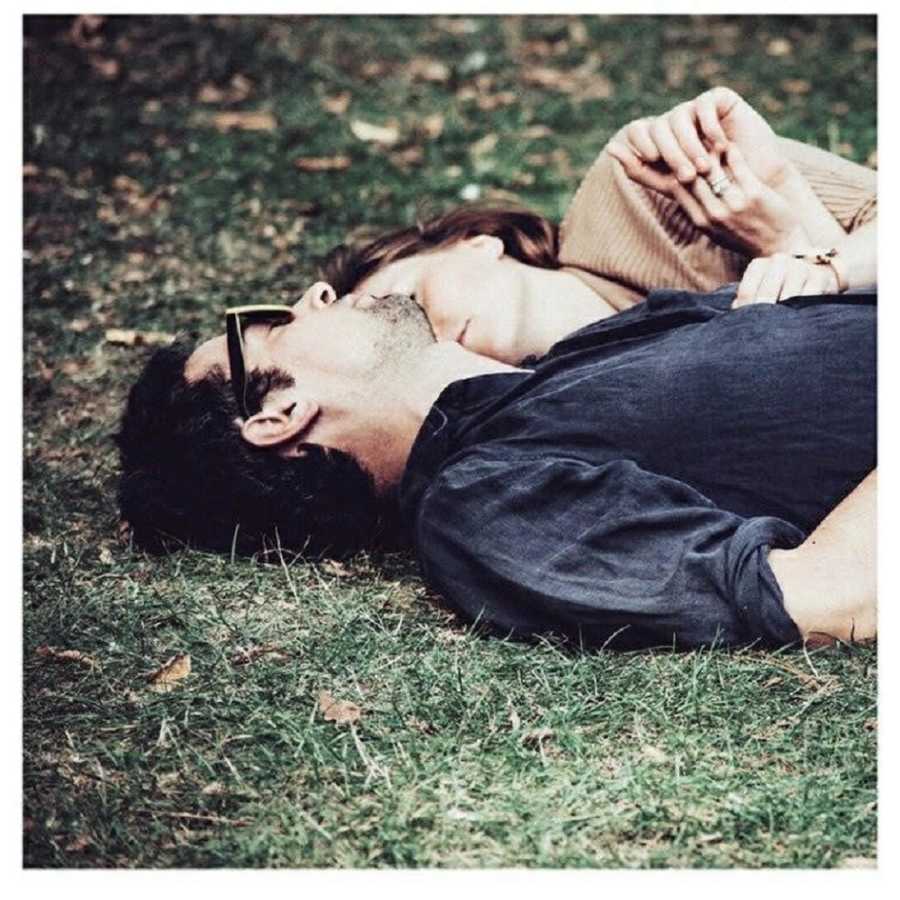
In the winter following his devastating diagnosis, we decided we were going to fight this thing with the hope that somehow, we would beat it. Perhaps, ‘A’ would be a part of the lucky 9% of pancreatic cancer patients that are still alive five years following their diagnosis. We met with the surgeons and oncologists who, very kindly and regretfully, said there was not much they could do. The oncologist suggested one of the toughest types of chemotherapy that was meant to alleviate ‘A’s’ suffering and potentially extend his life by a few weeks.
So we signed up for what would be a grueling schedule of chemotherapy — a type of treatment we began at the hospital but followed us home in a bottle, was attached to his body, and lay between us in bed at night; a reminder life had been permanently altered.
We flew to Germany to meet a doctor who was carrying on some experimental treatments with great results for his cancer patients. There, chemotherapy was pushed through an artery straight into the tumor. The hope was to shrink the mass enough to become eligible for a Whipple surgery. If you watch Grey’s Anatomy, you’ll know what a Whipple surgery is. As complex, debilitating, and potentially dangerous as it is, it was what we aspired to get to.
By the time spring came around, cancer had begun its slow and terrifying transformation within my lover’s body. I started to see death all over him. There was shocking weight loss. This body that I once knew so well was now all bones and sharp edges. I could see his ribs through his t-shirt as he slept with his back to me. I could no longer touch any part of him except his hands and arms. Everything else hurt too much and hurt all the time. The nature of the hope we held had changed by then. We now hoped for more time. One more day. One more sunrise and one more sunset.
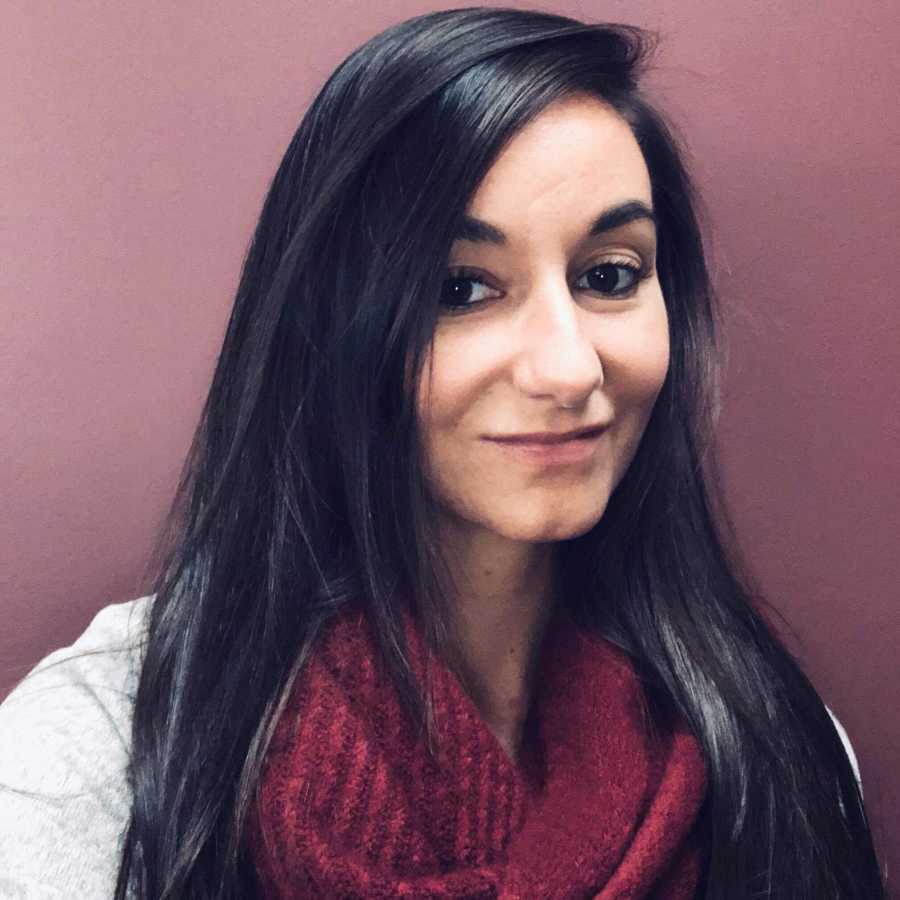
The days where ‘A’ felt well enough to get out of the house were few and far in between at this point. But on one such day, as the weather was warming up and the sun was shining on our faces, we walked down the street near our home. ‘A’ suddenly stopped walking right in the middle of the street. I looked up at his gaunt, but still deeply beautiful face, as he closed his eyes and felt the heat of the sun’s rays on his skin.
People walking by must have thought we were crazy, but he was having a moment of transcendence, and I didn’t know it yet, but I would have a profound perspective shift that would help me through my grief after his death. When he opened his eyes, he wrapped me in his arms and said, ‘I am so grateful that I did not miss out on this day.’ What he meant here was that he was deeply, truly, grateful for the sheer experience of being alive in this moment.
In life and in death, ‘A’ has taught me many lessons but none of them as powerful as this one. Despite everything he had lost — his ability to work, to eat out with friends, to play hockey, and eventually, even his ability to walk — ‘A’ remained profoundly grateful to be ‘experiencing life,’ as he would so often say.
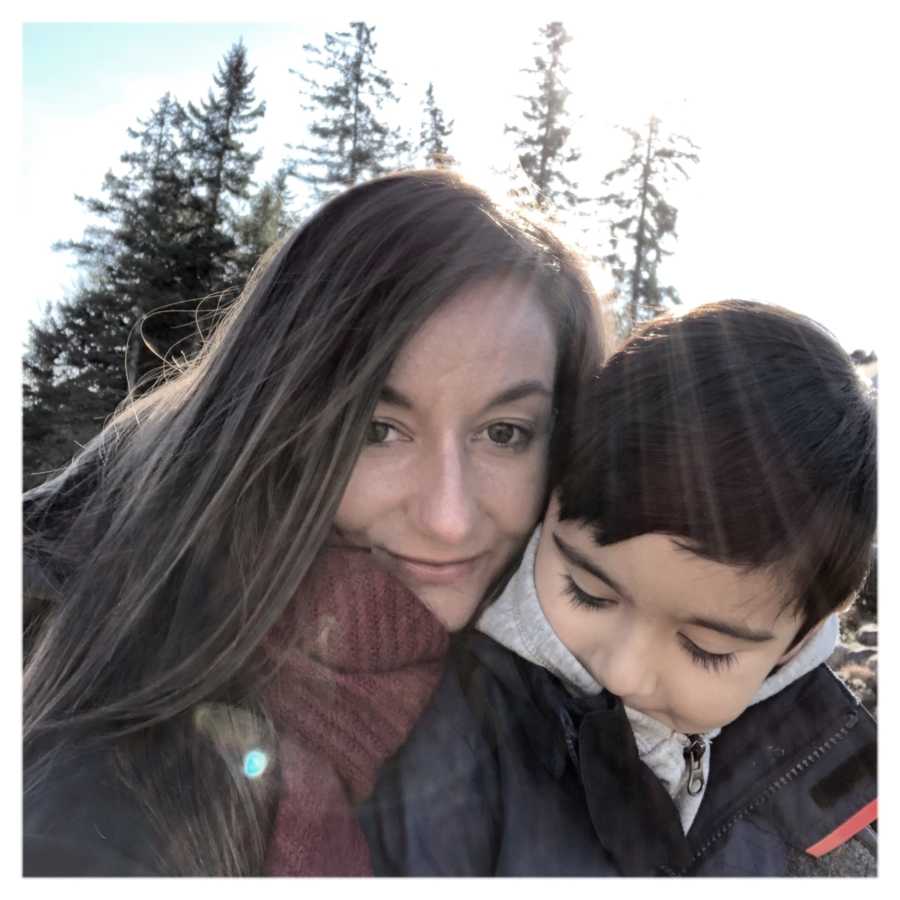
As terrified of death as he was, his fear was offset by the depth of his gratitude for the simple things. The sun warming our skin after a long winter, the sunrise through our big living room window, the sound of kids playing outside, and the happy noise of family gathered around him as he lay on the couch, too tired to sit up from the war going on in his body. These moments he cherished and these moments kept him going when the pain seemed too difficult to bear.
The hope of seeing one more morning was enough to make everything else worth it. That lesson stayed with me after his death when I found it hard to get out of bed in the morning. It served as a powerful reminder of everything I still had the privilege of experiencing. It didn’t happen right away, but eventually, I committed to living the hell out of this one life, for the both of us.
By summer, the nature of the hope we held had changed yet again. We now hoped for a good death. ‘A’ wanted to die as he had lived, on his own terms with dignity and grace. And I promised to give that to him. As difficult as caregiving was, it was truly an honor to walk with him through his transition from life to death. I don’t know that there exists a more meaningful act we can perform for one another as humans.
Under clear blue skies on an August morning, I watched the funeral coach drive away with my lover’s body. In that moment, I feared the strength I had felt while we faced the illness together would dissipate as I faced this grief alone.
Here, I had a choice. To fear, to avoid, to numb, or to feel the full extent of this loss.
I’m not going to lie, I numbed at first. In many ways and for quite a while. Denial, distractions, and numbing are coping mechanisms that we subconsciously use to avoid feeling the shock of loss which is an overwhelming blow to the psyche and body. Eventually though, I opened the door to my pain and invited it in. I would stare right at it, scrutinizing its many faces and manifestations in my life.
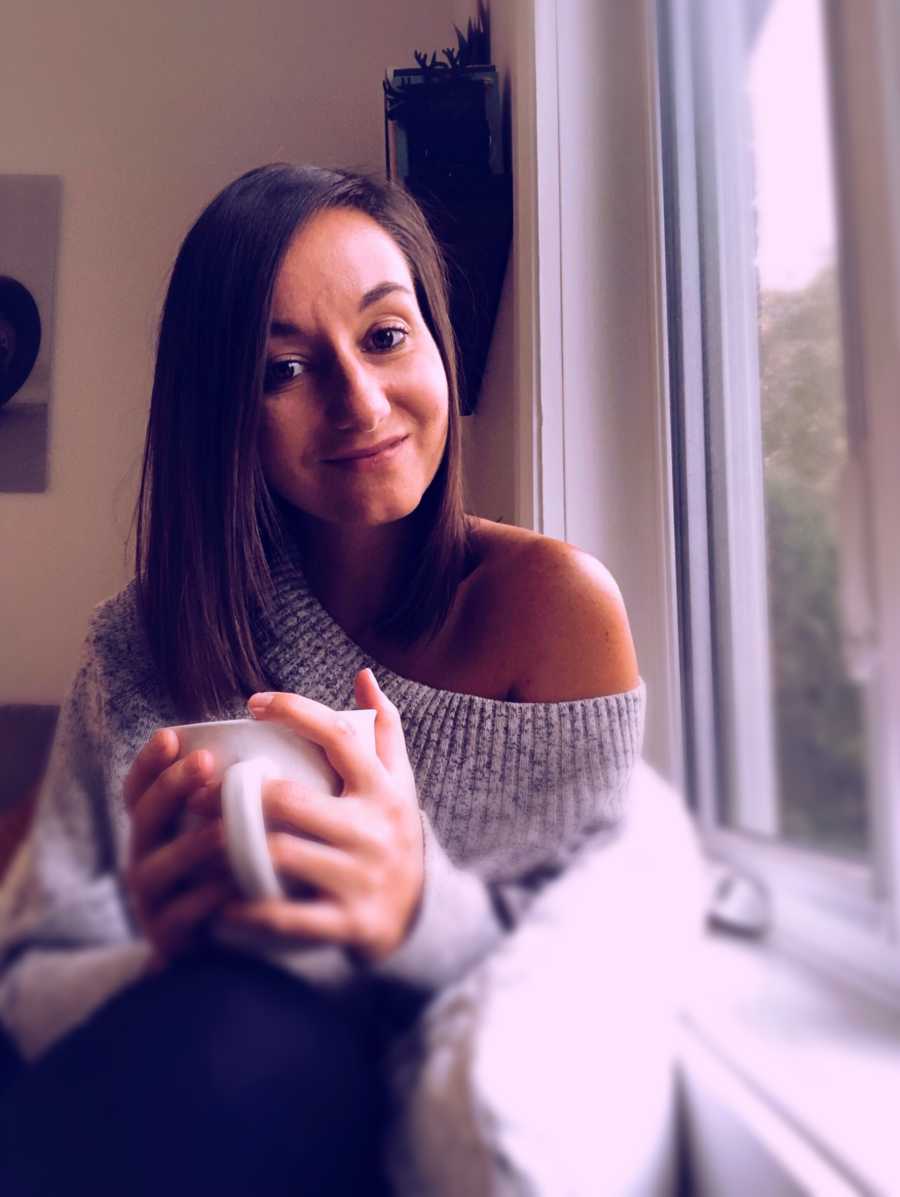
As time passed and I settled deeper into my life in the ‘after’, I learned to tame its wild and erratic nature and rendered it somewhat domesticated, or at least, manageable. By expanding my heart to make room for my pain, I’ve gained control over it. It no longer runs me. In my journey through grief, I have made a sacred vow to myself that I will not let pain and fear run my life. I am in control and I consciously and enthusiastically choose to live the life still available to me.
And this, not despite my grief, but because of it.
As I slowly reach the three-year mark since ‘A’s’ death, my grief has been an opportunity to journey back to myself. In grief, I have learned to better love and care for myself which has helped me redefine my identity and gain clarity on what matters to me most in my life in the ‘after’. I now live a life that looks and feels like me.
Grief and loss alter us on a soul level. This can cause us to feel lost and untethered, but if we use this time of transition as an opportunity to figure out what our values are and to design a life that is aligned with who we have become, I believe grief can help wake us up to create a life more meaningful and fulfilling than we could ever imagine. Since ‘A’s’ death, I have built a community of women that hold each other up and dare to speak of matters of death, dying, grief, and love.
My passion now is to serve the grief community; to help women get their power back in grief, learn to redesign their lives with intention, and take responsibility for their own happiness. Through my online programs, I support women in viewing their pain as a sacred portal through which they can journey back to self in order to live a life that is fulfilling on a soul level. By redefining their identity, designing their lives in the ‘after’ around who they have become and what brings them meaning and fulfillment, they become empowered to step out of a victim mentality and into empowerment through grief.
Our pain is not a weakness. Rather, it can be a tool for deep personal transformation and for shining our light into the world. Grief can make us feel untethered OR it can serve as our new anchor and allow us to live out of the depths of who we truly are. This is the side of grief that I believe I was meant to share with the world.”
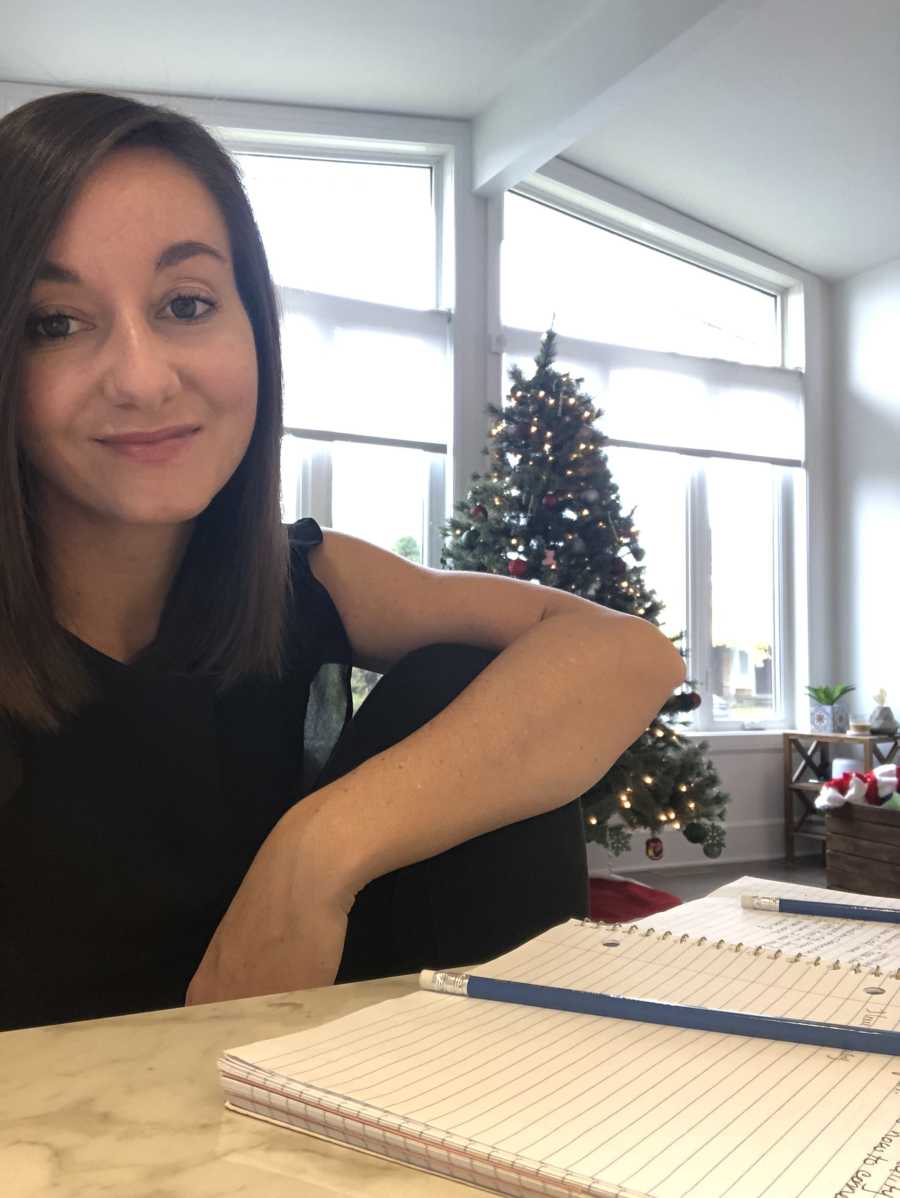
This story was submitted to Love What Matters by Marie-Claude Goudreau. You can follow her journey on Instagram and her blog. Submit your own story here and be sure to subscribe to our free email newsletter for our best stories.
Read more stories like this:
Do you know someone who could benefit from reading this? SHARE this story on Facebook with family and friends.

